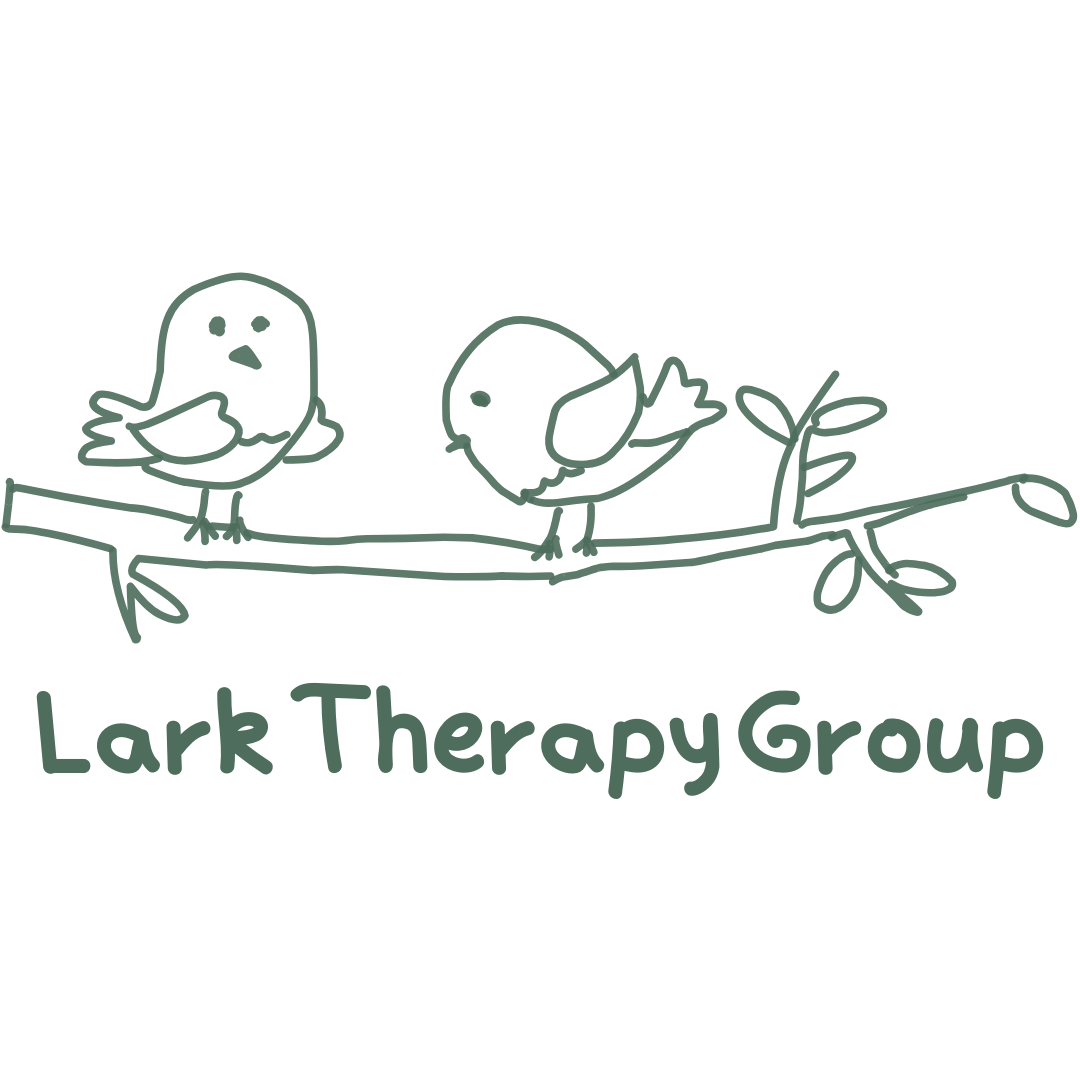Family centered ABA often focuses on the goals that parents prioritize as most important for their child to achieve. These goals can help guide interventions, measure progress, and bring a sense of accomplishment for both you and your little one.
But how do you ensure those goals are realistic, measurable, and achievable?
Let’s dive in.
What is an Example of a Goal in ABA?
To make this journey practical, let’s start with some examples of ABA goals.
ABA goals are tailored to meet your child’s unique needs and can range from developing social skills to mastering daily living activities. Here are a few examples:
- Communication Skills: “Johnny will use three-word sentences to request items he wants during mealtime, with 80% accuracy over two weeks.”
- Daily Living Skills: “Emily will independently brush her teeth in the morning and evening for five consecutive days.”
- Social Interaction: “Ben will initiate a greeting (e.g., ‘Hi’ or ‘Hello’) with peers during group activities at least three times per session.”
These goals are specific, measurable, and tied to observable behaviors. Notice how they also focus on areas of improvement that are meaningful to the child’s daily life and social interactions.
This is a cornerstone of effective ABA goals.
What Are the Three Goals of ABA?
To ensure we’re on the same page, it’s helpful to break down the core objectives of ABA. While each child’s plan is unique, the overarching goals of ABA typically fall into these three categories:
- Skill Acquisition: Teaching new skills, whether it’s learning to communicate effectively, developing motor skills, or building independence in daily routines.
- Example: Learning to tie shoes or identifying emotions in pictures.
- Behavior Reduction: Decreasing challenging or harmful behaviors that might interfere with learning or social interactions.
- Example: Redirecting tantrums into calm, alternative responses like requesting help.
- Generalization: Ensuring skills learned in one setting are applied in other contexts. It’s not just about learning a skill—it’s about making it useful in real life.
- Example: Practicing polite requests at home and using them at school or in public.
When setting ABA goals, it’s important to remember these categories.
Each goal should help your child gain valuable skills, reduce barriers to success, or enhance their ability to thrive in multiple environments.
What Are the Goals of Intervention in ABA?
Intervention goals in ABA are about more than just hitting milestones; they’re about creating a meaningful impact on your child’s quality of life. The best goals:
- Promote Independence: One of the most rewarding aspects of ABA is watching your child become more self-sufficient. Whether it’s learning to get dressed, preparing snacks, or organizing their backpack, fostering independence is a primary aim of intervention.
- Enhance Communication: Effective communication opens doors to understanding, connection, and participation in social settings. ABA often focuses on building communication skills, whether through verbal language, sign language, or alternative communication methods.
- Foster Positive Behaviors: Encouraging behaviors like sharing, turn-taking, and following instructions can make social and educational experiences more rewarding for your child.
- Empower Caregivers: Yes, you’re part of the equation, too! A great ABA program will equip you with strategies and techniques to support your child’s learning and behavior at home and beyond.
Remember, interventions should always align with your family’s values and your child’s unique needs. You’re the expert on your child, and your insights are invaluable in shaping the goals that will guide their ABA journey.
What Are the Goals of ABA in Schools?
School environments present their own unique challenges and opportunities for growth. In educational settings, ABA goals are often designed to help children succeed academically, socially, and behaviorally. Here’s how they translate into actionable objectives:
- Academic Success:
- Goals might focus on improving attention, following classroom routines, or completing assignments independently.
- Example: “Sophia will stay seated and complete her math worksheet with verbal prompts no more than three times per session.”
- Social Skills Development:
- Peer interactions are crucial in a school setting, and ABA can help children build friendships and navigate social norms.
- Example: “Ethan will participate in a group activity by contributing one idea and listening to peers during three consecutive group sessions.”
- Behavioral Support:
- Schools often use ABA strategies to reduce behaviors that disrupt learning, such as frequent leaving of the seat or loud vocalizations.
- Example: “Liam will raise his hand to ask for a break instead of leaving the classroom without permission, with 90% accuracy over a month.”
By aligning ABA goals with educational objectives, you’re not only helping your child thrive in the classroom but also setting them up for long-term success in structured environments.
Tips for Setting Achievable ABA Goals
Now that we’ve explored examples and the various contexts of ABA goals, let’s talk about how to set goals that are truly achievable:
- Be Specific: Vague goals like “Improve communication” are hard to measure. Instead, break them down into concrete, observable actions.
- Start Small: It’s tempting to aim for big wins, but smaller, incremental goals build confidence and momentum.
- Use Data: ABA relies on data to track progress. Make sure your goals are measurable and that you’re recording progress consistently.
- Involve Your Child: Whenever possible, include your child in the goal-setting process. This can help them feel motivated and empowered.
- Celebrate Successes: Every achievement, no matter how small, is a step forward. Celebrate your child’s progress with enthusiasm and positivity.
Final Thoughts
Setting achievable ABA goals for your child is both an art and a science. It requires collaboration, careful observation, and a deep understanding of your child’s needs and potential.
Here’s to an ABA journey filled with progress, joy, and the countless little victories that make all the difference!


